Transitioning your pet to a new food isn’t something you should rush into. Just like humans, pets need time to adjust to dietary changes, and doing it properly can mean the difference between a happy, healthy pet and one with digestive upset. In this comprehensive guide, we’ll walk you through everything you need to know about how to transition your pet to a new food safely and effectively.
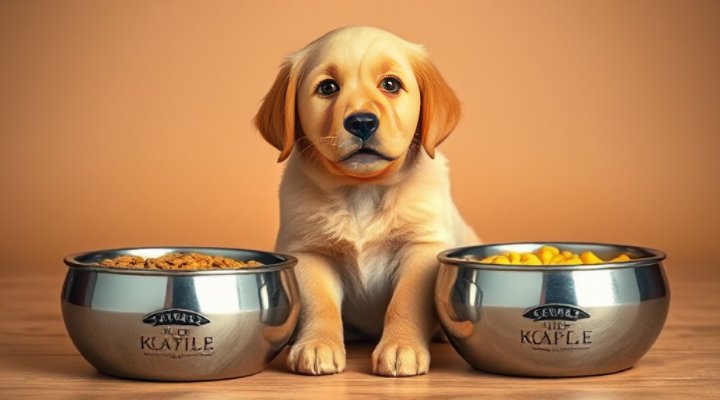
Why Gradual Transition Matters for Your Pet
Your pet’s digestive system contains a delicate balance of bacteria that’s specifically adapted to their current diet. When you suddenly switch foods, it can disrupt this balance, potentially leading to diarrhea, vomiting, or loss of appetite. A gradual transition gives their system time to adjust to the new nutrients and ingredients.
According to veterinary experts at the American Veterinary Medical Association, most pets should take at least 7-10 days to fully transition to a new food. For pets with sensitive stomachs or those switching to dramatically different formulas (like from dry to raw food as discussed in our Raw Food Diet Guide), you might need to extend this to 2-3 weeks.
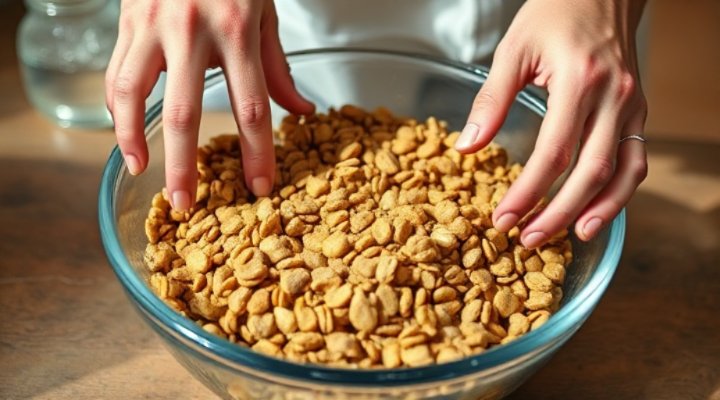
The Step-by-Step Transition Plan
Days 1-2: 25% New Food
Start by mixing 25% of the new food with 75% of the old food. This small introduction allows your pet to get accustomed to the new smell and taste without overwhelming their system.
Days 3-4: 50% New Food
If your pet is tolerating the change well, increase to a 50/50 mix. Watch closely for any signs of digestive upset during this phase.
Days 5-6: 75% New Food
Now the new food should make up the majority of the meal. This is often when digestive issues might appear if they’re going to, so monitor your pet carefully.
Day 7: 100% New Food
Congratulations! Your pet should now be fully transitioned to their new diet. However, if you notice any problems, don’t hesitate to slow down the process.
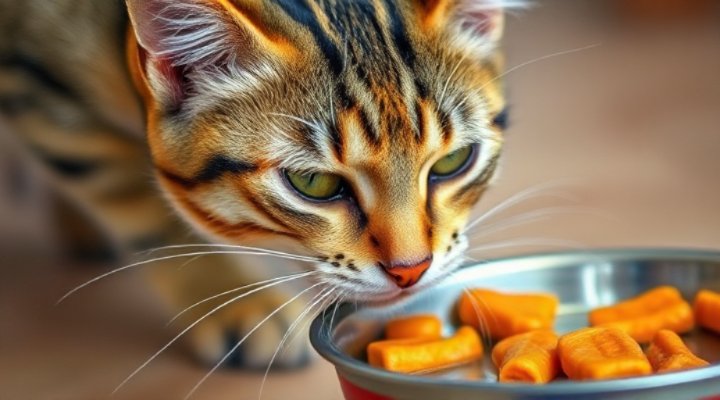
Special Considerations for Different Pets
While the basic transition process is similar for most pets, there are some special considerations depending on your pet’s species, age, and health status.
For Cats
Cats can be particularly finicky about food changes. They may need more time and patience during the transition. Our article on Purina ONE Cat Food discusses how even premium foods require proper introduction.
For Dogs with Allergies
Dogs with food sensitivities may need an even slower transition. The Royal Canin Hydrolyzed Protein article explains how specialized diets require careful introduction.
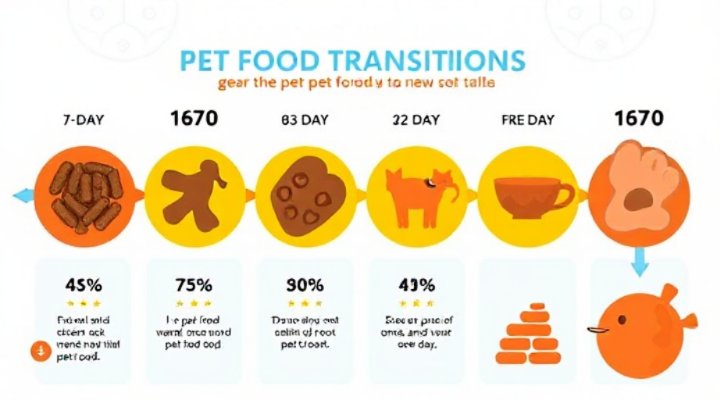
Signs Your Pet Isn’t Adjusting Well
While some mild digestive changes are normal during transition, certain signs indicate you should slow down or consult your vet:
- Persistent diarrhea or vomiting
- Loss of appetite for more than 24 hours
- Excessive gas or bloating
- Lethargy or behavioral changes
If you notice any of these signs, consider reverting to the previous ratio that worked well and consult with your veterinarian, especially if symptoms persist.
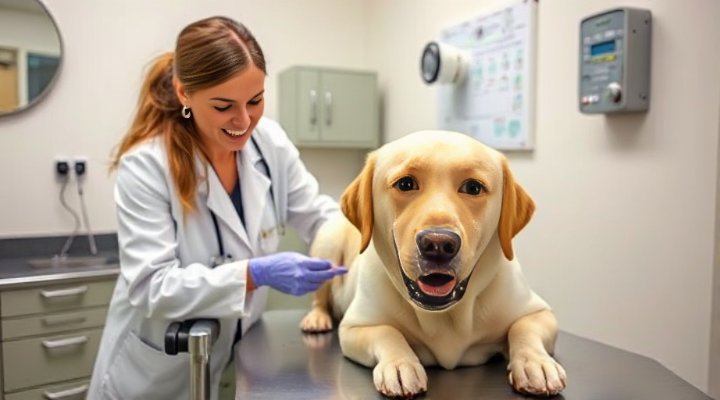
Making the Transition Easier
Here are some pro tips to help your pet adjust more comfortably:
- Maintain routine: Feed at the same times and places as usual
- Use food toppers: A sprinkle of something tasty can encourage picky eaters
- Stay consistent: Avoid giving treats or table scraps during transition
- Monitor hydration: Ensure fresh water is always available
For pets transitioning to premium foods like those discussed in our Human Grade Dog Food article, the extra effort is often well worth it for their long-term health.
Final Thoughts
Remember, every pet is unique. What works for one might not work for another. The key is patience, observation, and willingness to adjust your approach as needed. By following these guidelines on how to transition your pet to a new food, you’re setting them up for digestive success and long-term health.
Related Keywords: pet food transition schedule, switching dog food gradually, how to change cat food safely, new pet food introduction, avoiding digestive issues when changing pet food
